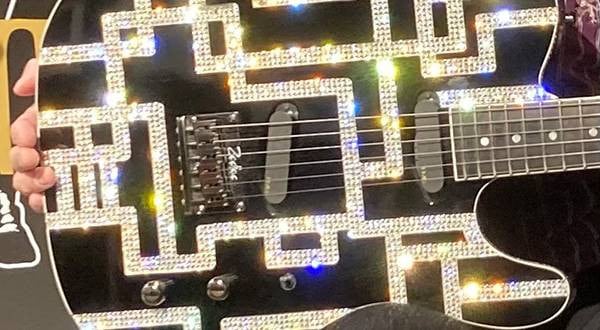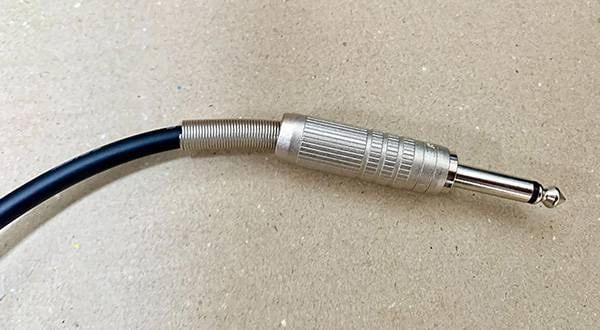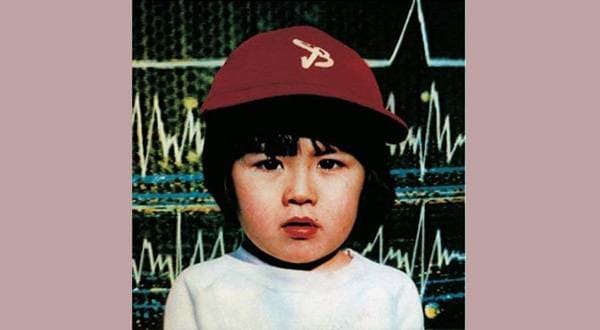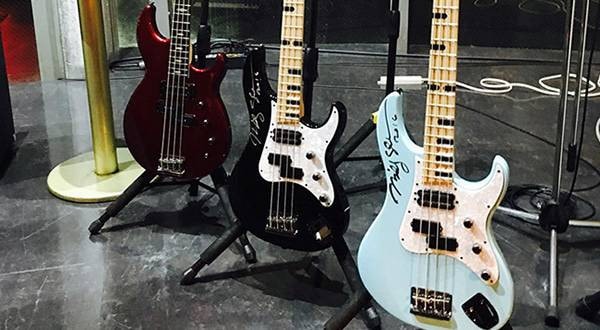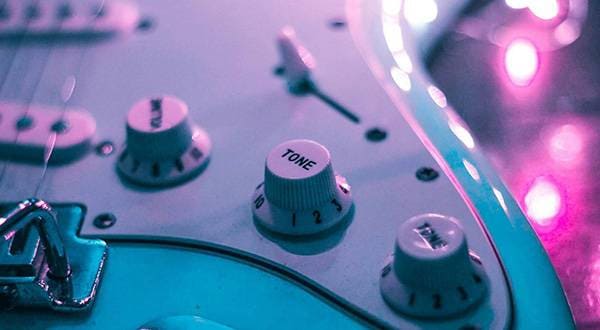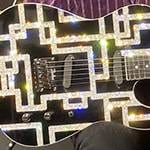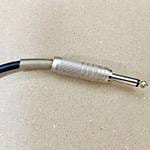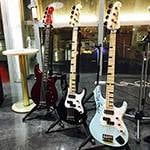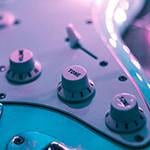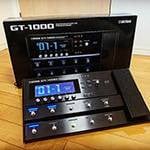Hello, this is Cheena. Continuing from the last time, I would like to talk about the performance of electric bass in brass band.
This time, let's think about the electric bass effector that is also used in songs other than brass band pops, called "Inflection".
This time, I will introduce several types, from those that can be used all the time to those that are used on the fly.
It would be costly to arrange each with a compact effector, so there is no problem even if you just use a multi-effector.
First of all, the ones that can be used in general.
Overdrive
Overdrive is a so-called "distortion", an effector that can distort an input waveform with an overcurrent (called clipping) to obtain a large amount of high-frequency overtones.
In general, there is a Drive (Gain), and at the same time, an equalizer (Tone) is often built in.
Increasing the overtones also leads to an increase in the treble, but by raising the Gain and sharpening the highs with another effector or built-in equalizer in a strongly distorted state, it will be extremely thick with rich overtones.。
Also, by creating a crunch sound that distorts slightly, you can create a sound that is close to the raw sound of the bass that is mature but assertive.
As with the preamp, if you apply strong distortion, it may be mixed with other instruments and difficult to hear, but overdrive is easier to adjust the distortion, so look for a usable range.
However, since we’re talking about brass band with the high sound pressure of other instruments, be careful not to make it hard to hear.
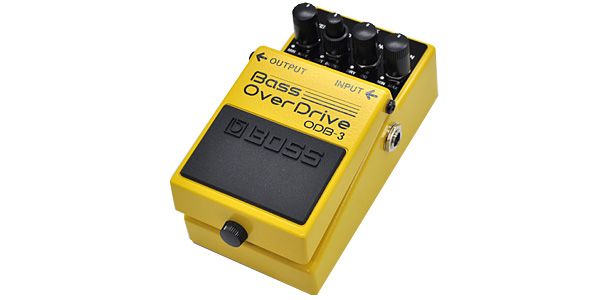
Octaver
The octaver is an effector that mixes and outputs the sound one octave below the input sound.
It's often used to play a bassline on a guitar, but when used with a bass, it can create a sound as if you were playing a 5-string bass, or if two or more people were playing at the same time.
Generally, it is adjusted with two knobs, Dry and Octave.
The operation is simple and clear, Dry is the volume of the raw sound and Octave is the sound one octave lower. Occasionally you can get two octaves down, but the basics are all the same.
The lowest note that a 4-string bass can produce is E, and even with a down tuning, it gets muddy in the range of D, and being able to output a bass comparable to a tuba is a considerable strength.
Also, if you play while mixing the original sound and one octave below with the octaver, you will get a low-pitched sound that cannot be obtained with an equalizer.
In this state, it is also a good idea to apply strong distortion and play the chords of the rock arrangement.
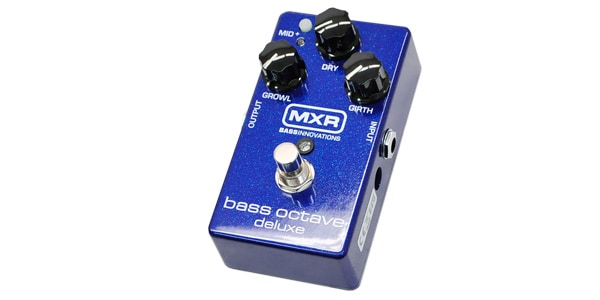
Chorus
Next are the effectors used as "weapons".
The chorus delays the input sound for a short time and mixes it with the raw sound to create pitch fluctuations, creating a fantastic spread and lingering sound.
Generally, they have knobs such as Rate, Depth, and Mix, and the cycle of the pitch that sways in a fixed cycle is controlled by Rate, and the depth of sway is controlled by Depth.
Basically, it is thin and light, but the sound quality that can be produced is wide, and it is very playful and easy to use, such as making a swaying finish like a 12-string guitar or 8-string bass, and a sweet sound like a fretless bass. It's a good effector.
There are so many types of choruses, and the range of sound creation is wide, so there is no choice but to rely on intuition and experience for usage.
Keep in mind that if you apply too much, you will end up with vibrato.
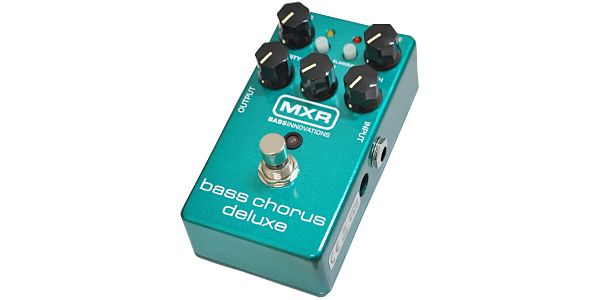
Reverb
This is an effector that gives a lingering finish to the input sound. You can specify reverberations such as Room, Hall, Plate, and Spring. Room and Hall are like reverberations in a room, and Plates and Springs are like vibrations of metal plates and springs.
When using it in a brass band, adjust the volume and time of the lingering sound, considering that it will reverberate on the piano, drums, timpani, etc.
If the reverberation time is extended too much, the sound will be heard even if the instrument is muted.
Also, if you turn up the volume too much, the bass will sound unnatural compared to the afterglow of the wind instrument corps.
As with the chorus above, try to hang it thinly and lightly, and think about when to hang it and when to cut it according to the tone of the song.
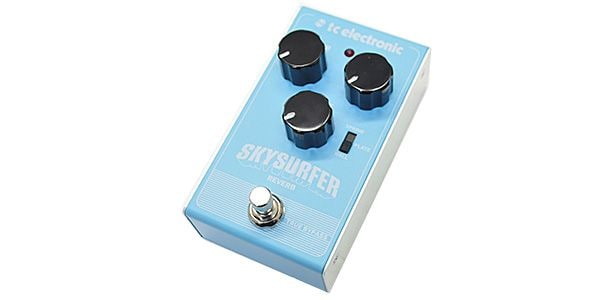
Fretless simulation
Fretless simulation is occasionally included in multi-effects units.
It is implemented under the name DeFret in the Zoom B1 / B1X.
This is an effector that simulates a fretless bass sound.
You can create a soft sound with a weak attack, but it is hard to really call it fretless.
The Zoom B1/B1X has a series of effectors registered under the name Jaco Bass, which creates a fretless sound with the chorus.
Use it as an accent when arranging jazz or big bands.
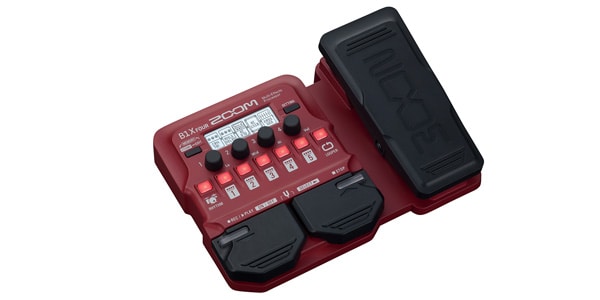
If you use the effectors so far, I think that you will get an "inconspicuous but audible sound" that I wrote that you need to begin with.
Next time, I will write in detail about how to make sounds with playing style.
Let's have a good music life!






